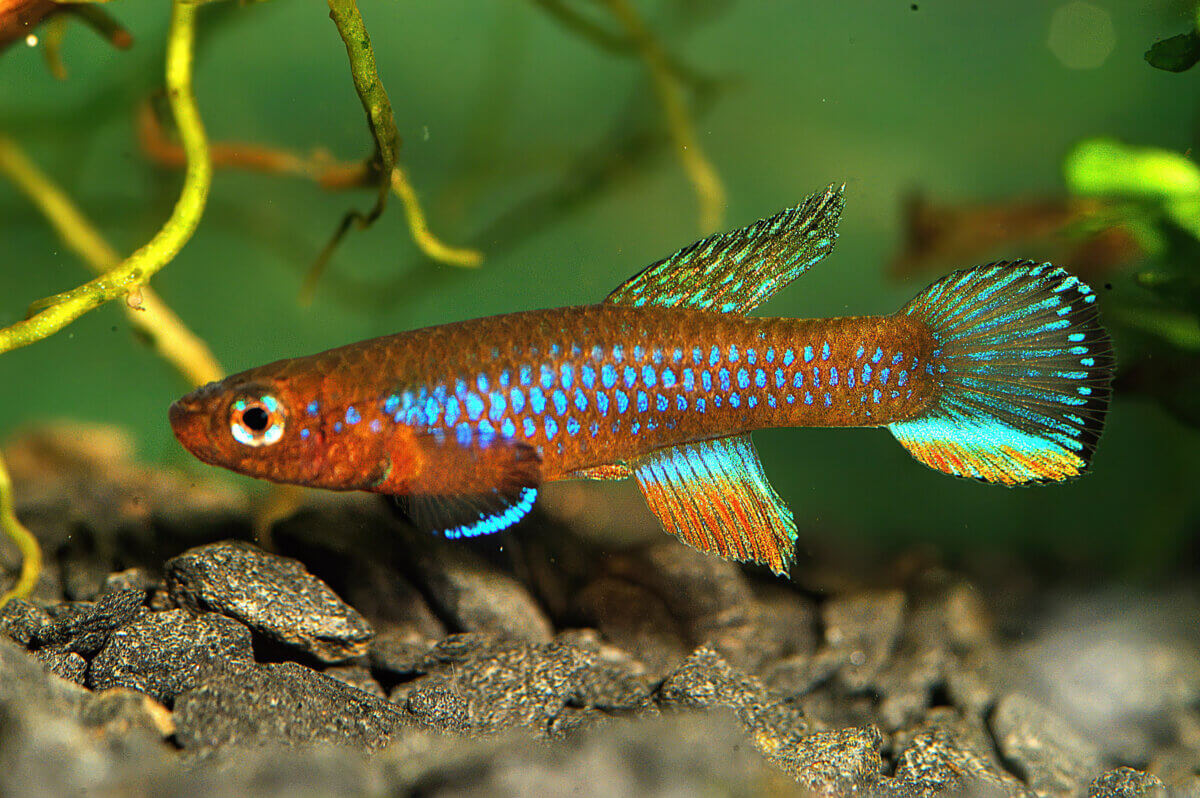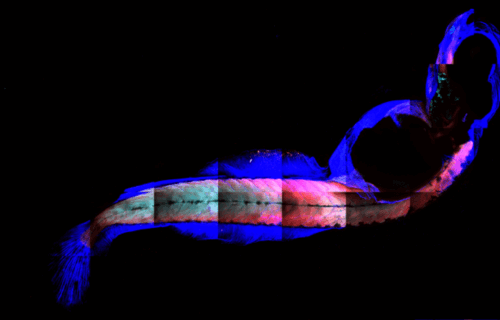MELBOURNE, Australia — Aging is a fact of life. While everyone gets older, however, a new animal study reveals that this doesn’t mean our bodies — namely our muscles — have to waste away. Just take a look at the African Killifish. When they reach the end of their lifespan, their muscles actually go through a “Benjamin Button” process and start aging backwards. Returning to an “early-life” state gives the fish an opportunity to slow their aging down and live longer. So, could humans do the same thing?
Age-related loss of muscle mass and strength is called sarcopenia, and for a time, it has been accepted as an inevitable part of getting older. In fact, while the global population is living longer, this is resulting in a dramatic increase in the frequency and severity of sarcopenia cases.
“As such, there is a pressing need to understand the mechanisms that drive sarcopenia, following which suitable medical interventions to promote healthy muscle aging can be identified and implemented,” explains Peter Currie, a professor at the Australian Regenerative Medicine Institute at Monash University, in a media release.
Observing the African killifish throws out everything scientists know about muscle aging out the window. The African turquoise killifish has become a popular animal model to study aging. Killifish have the shortest lifespans of any vertebrate bred in captivity. For these creatures, life begins when the rain pours down in Africa. The seasonal rain pools allow fish to hatch, grow, and mature in as little as two weeks and then reproduce daily until the pool dries out.
Their short lifespan reflects a lot of aging symptoms seen in humans. Scientists have noticed an uptick in cancerous lesions in the liver and gonads (part of the reproductive system) and a lower regenerative capacity in the limbs (or fin for animals). They also express genetic features commonly associated with aging, such as a drop in mitochondrial DNA copy number and function and shortening of telomeres.

According to the authors, this is the first study to use killifish to study age-related muscle loss.
“In this study, we performed a thorough cellular and molecular characterization of skeletal muscle from early life, aged and extremely old late-life stages, revealing many similarities to sarcopenia in humans and other mammals,” says Avnika Ruparelia, a professor from the University of Melbourne and co-author of the study. “Importantly, the late-life stage during which we observed improved muscle health perfectly coincides with a stage when mortality rates decline. We therefore postulate that the improvement in muscle health may be a critical factor contributing to the extension of life span in extremely old individuals.”
The team studied the metabolism of fish at different stages of their lifespan. There they made a surprising observation. As fish got older, their metabolism started to look more like the metabolism of a young fish. The findings highlight the important role lipid metabolism plays in age-reversing effects. While not tested in the study, the authors suggest drugs involved in forming certain lipids may help humans produce age-defying muscles.
“During extreme old age, there is a striking depletion of lipids, which are the main energy reserves in our cells,” explains Currie. “We believe that this mimics a state of calorie restriction, a process known to extend life span in other organisms, which results in activation of downstream mechanisms ultimately enabling the animal to maintain nutrient balance and live longer. A similar process is seen in the muscle of highly trained athletes.”
Given the rising healthcare costs that go along with an aging population, reversing muscle aging could improve people’s livelihood and provide an opportunity to study other facets of aging.
The study is published in the journal Aging Cell.
You might also be interested in:
- These 8 simple habits can unlock your personal ‘fountain of youth’
- ‘Miracle molecules’ discovered? Scientists find compound that reverses aging, develop ‘longevity drug’
- Drinking too much could cause your muscles to shrink faster


The average person will never benefit from any quality of life improving technology. We’re the Guinea pigs those technologies will be tested on. The Covid shots were probably such a test. Those in power could track results from the different batches. Our overlords will live hundreds of years while we will live in pods eating bugs in our 15 minute cities.
I don’t WANT to be 22 forever, I just want the PHYSICAL body I had at 22, forever, I want the brain in it that I have NOW….